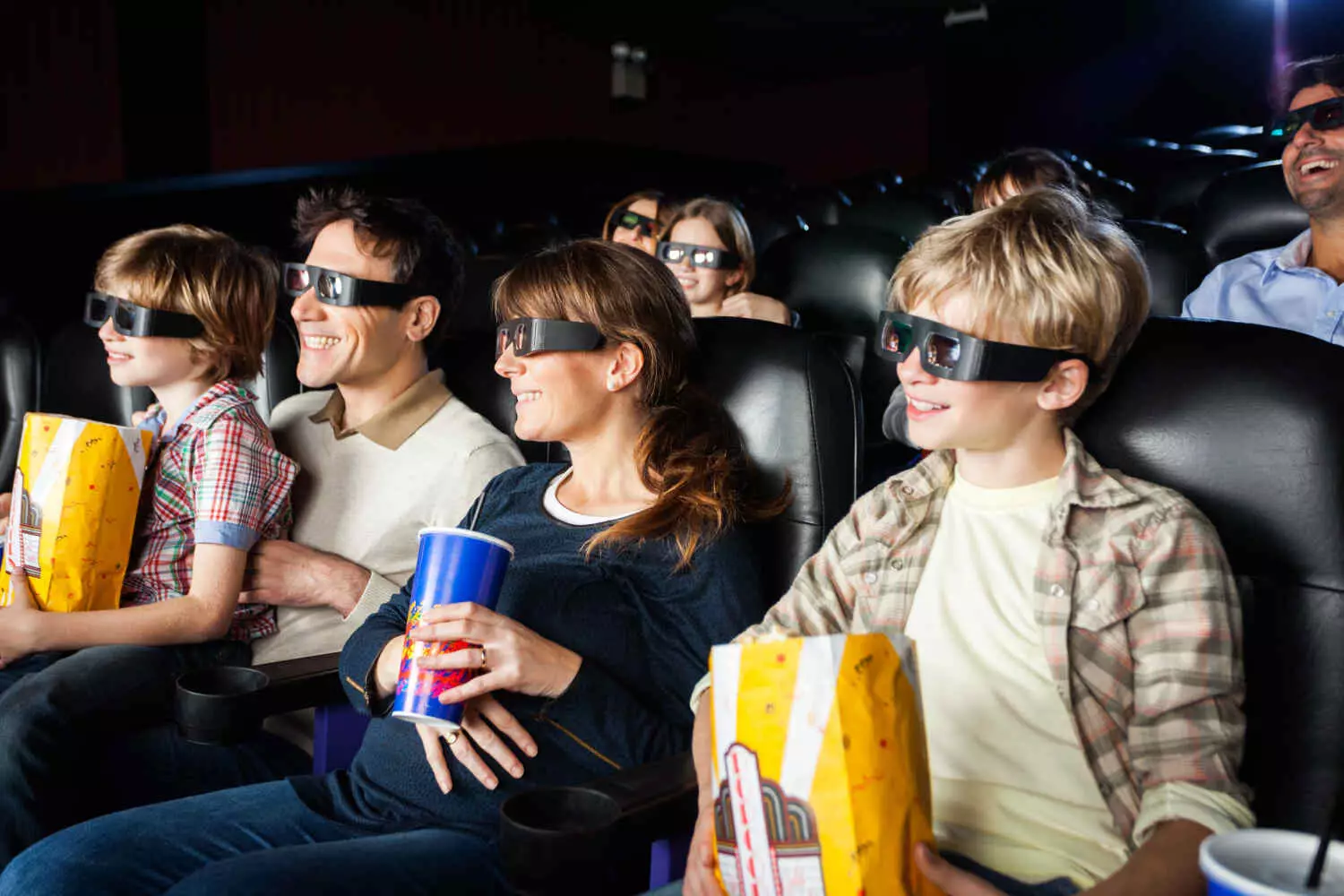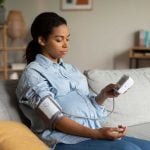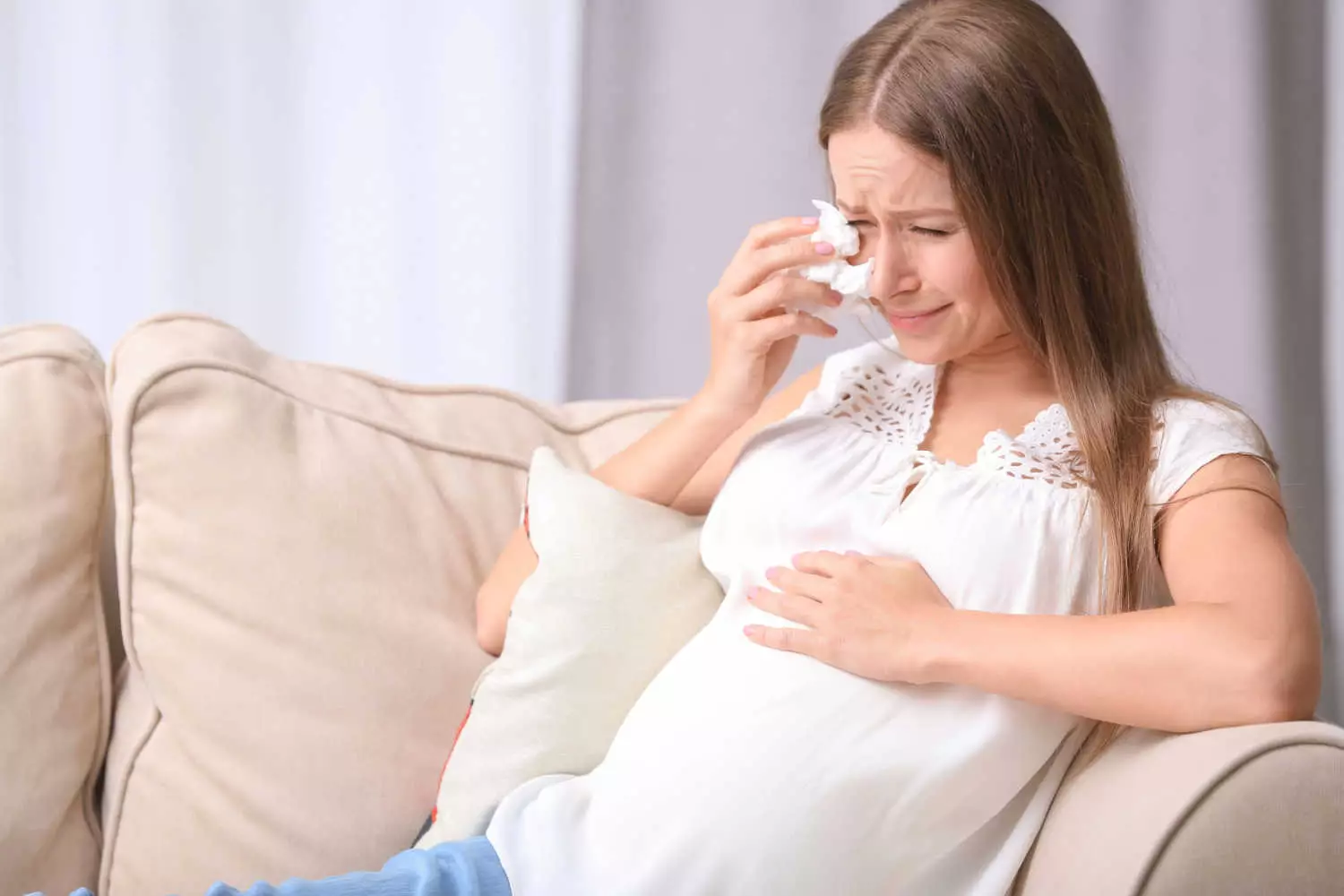
Fetal Development – Your Baby’s Eyes and Sight
6 min readWritten by Sindhuja Prabhu


The gift of sight is a blessing. The ability to see all the beautiful things around you and to observe them is just amazing. Have you ever wondered when your baby develops those eyes? When we see the fetus during a scan, we see the limbs, torso, and even the fingers, but the eyes and the various parts of it?
Eyes start developing when babies are just a few weeks old in the womb. It takes time for them to be able to actually use those eyes to their fullest potential. When your baby starts looking at things and observing colors and movement, you can see the wonder in those beautiful eyes. Let’s understand more about those beautiful eyes that look at you with nothing but wonder and love!
In This Article
- Early Development of the Fetus Eye During Pregnancy
- Parts of the Eye
- Baby’s Eye Colour
- When and How do Babies Develop Sight?
- Your Role in Fetal Eye Development
- Key Stages in Fetal Eye Development
- FAQ’s
Early Development of the Fetus Eye During Pregnancy
Babies’ eyes develop well enough during pregnancy. They can understand shapes, certain colours, and light. Though they take time to adjust to the light around them after birth, they are born with eyes and sight.
Your baby’s eyes develop as two tiny grooves around the neural plate. When the neural plate joins to form the neural tube, the tiny eyes are pushed out to form the rims of the eyes. This happens around the 4th week of pregnancy.
Around the 6th week of pregnancy, these tiny rims start folding inwards and form two small structures that resemble a cup. A stalk connects these cup structures to the brain. The optic nerve develops within this stalk. Optic nerves are what relay what the eyes see, to the brain. It helps in perceiving the images the eyes see.
Parts of the Eye

The eye is made up of a few important parts. Each of these parts has an important role to play. Even a small compromise in their role can affect the sight of the child.
The iris, pupil, lens, cornea and retina start developing in both eyes, around the seventh week of pregnancy.
1. Cornea
It is the window of the eyes. It allows light in.
2. Pupil
The dark spot right in the center of the eye.
3. Iris
It is the pigmented area around the pupil. This part determines how much light can pass through. The iris shrinks and expands based on the light that comes through.
4. Lens
Helps focus the incoming light towards the rear end of the eye. These lenses change shape to help focus on the object in front of them.
5. Retina
This is the layered structure right at the back of the eye. It contains millions of rods and cones – the cells that are sensitive to light. While rods help with seeing well in dim light, the cones help detect color.
Baby’s Eye Color
Have you noticed how some people have different eye colors? Many babies inherit their eye color from their parents.
The colour of the eyes depends on multiple factors like the pigmentation in the pupil, ethnicity, and genes.
- If the melanin content is high, the eye colour will be dark (i.e) either a dark brown or black.
- When the melanin content is less, the eye colour will be light like blue, green, grey or light brown.
[Read : What Will My Baby’s Eye Color Be?]
When and How Do Babies Develop Sight?
Babies can see right from the time they are born.
When a baby sees something in front of them, the various parts of the eye work together to process what is in front of them. This information is sent to the brain through the optic nerve, and only then can the baby process and understand what the eyes are seeing.
However, their distance of sight is limited. They can see only objects close to them. If you move further away, they can’t even see you. They can see only up to 30 cm. This is why they can see you well only when you lift and hold them close.
Standing away from their bed and talking to them doesn’t enable them to see your face clearly. If you notice carefully, newborns stop crying or are pacified when their mother or caregiver lifts them up and holds them close.
Yes, the body warmth is one factor but the other important factor is they are able to see your face when you hold them close. This does not happen right from day one of birth. It takes some time for the eyes to adjust to the light outside the womb and for them to “See” everything around them. As time passes, their tiny eyes develop better sight and will be able to focus on objects around them.
Your Role in Fetal Eye Development

Since the eyes develop throughout the pregnancy, it is important for you to do the needful while pregnant. Here are a few ways you can ensure good eye health and development of your fetus:
- Ensure you follow good hygiene to avoid infections such as toxoplasmosis and cytomegalovirus, which can damage the fetus’ eyesight.
- Having a well-balanced and nutritious diet at the time of pregnancy boosts the eyesight of the baby. Include a diet with plenty of beta-carotene, a nutrient essential for eyesight. Bright-colored fruits and vegetables are rich in beta-carotene.
- Do not overload on retinol – a type of Vitamin A as it can cause birth defects and liver toxicity.
- Sunlight also plays a major role in developing the eyesight of the baby, so it is advisable for the pregnant lady to have some sunlight. This allows the photons through the skin and reaches the baby. Regularly spending time outdoors is good for the mother and the baby.
[Read: ABC Juice During Pregnancy]
Key Stages in Fetal Eye Development

Let’s break down the fetal eye development into stages:
| Stages | No of Weeks Pregnant | Milestone |
| Stage 1 | 4 Weeks | Tiny grooves start forming for the eyes. |
| Stage 2 | 6 Weeks | The grooves start closing to form a cup-like shape and connect to the brain via a stalk. |
| Stage 3 | 7 Weeks | The iris, retina, pupil, lens, and cornea start forming. |
| Stage 4 | 8 Weeks | Tear ducts start developing. |
| Stage 5 | 10 Weeks | Eyelids form at around this week but remain shut. |
| Stage 6 | 12 Weeks | The rods and cones start forming. |
| Stage 7 | 27 Weeks | Eyelids form at around the 10th week but remain shut until this week. |
| Stage 8 | 32 Weeks | Pupils are able to shrink and expand in response to the light they encounter. This helps them receive more or reduce the light that comes in. |
| Stage 9 | 34 Weeks | The eyes develop cones sufficient enough to perceive and understand colour. |
| Stage 10 | Baby’s Birth | The Baby is able to see with their eyes and perceive colour, shapes, and light at a distance between 20cm – 30cm from their eyes. |
The first colour a baby can identify or understand is red. They are surrounded by this colour in the womb and this is the first colour they understand.
Eyes develop very early in the pregnancy. Unlike limbs, you cannot see them develop stage by stage, but it all happens within the womb. Babies take time to adjust to the light outside the dark womb they have grown in, and hence take time to see properly.
[Read : Vitamin A During Pregnancy]
FAQ’s
1. Are Babies’ Eye Colour Determined by the Food We Eat?
No, it’s determined by genes. Some genes have more melanin content and result in dark coloured eyes while some genes have low melanin content and result in light coloured eyes.
2. Can I Harm My Fetus’ Eyes?
Yes, it is possible. Certain infections can damage the unborn child’s eyesight. Insufficient Vitamin A can also have negative effects on eyesight.
3. When do Babies Start Seeing?
Babies can perceive light and color when they are in the womb itself. They can start seeing right from birth. However, the eyesight will be limited and improve as they grow.
4. When do Babies Open Their Eyes in the Womb?
Little do the parents know, but a baby can open his eyes in the womb around the 27th week, which is the end of the second leg of pregnancy.
5. Do Babies Blink When in the Womb?
Babies start blinking a few months before they are born. The baby starts opening his eyes by the beginning of the third leg of pregnancy. After 28th week, they blink their eyes when awake as well.
Read Also: Fetal Development – Know Everything About Your Baby’s Teeth

Sindhuja Prabhu,M.Sc (Psychology),PGDBM
Sindhuja, a mother of two, is an obsessive mom with a keen interest in psychology, especially child psychology. Her quest for knowledge and way with words led her to become a passionate content writer. She transformed her love for writing into a full-fledged career which incidentally also turned up being the perfect stress buster for the last 5 years.Read more.
Responses (0)
Want curated content sharply tailored for your exact stage of parenting?
Related articles

300 Popular Baby Names That Mean Weather With Meanings

Is it Safe to Watch Movies in Theater During Pregnancy?

Cleaning During Pregnancy – Do’s And Don’ts

Top 500 Baby Boy Names That Start With B

Impact of High Blood Pressure on Baby During Pregnancy by Dr Lathiesh Kumar Kambham

Crying During Pregnancy – Does It Affect the Unborn Baby and Tips to Cope
Sponsored content
Discover great local businesses around you for your kids.
Get regular updates, great recommendations and other right stuff at the right time.





